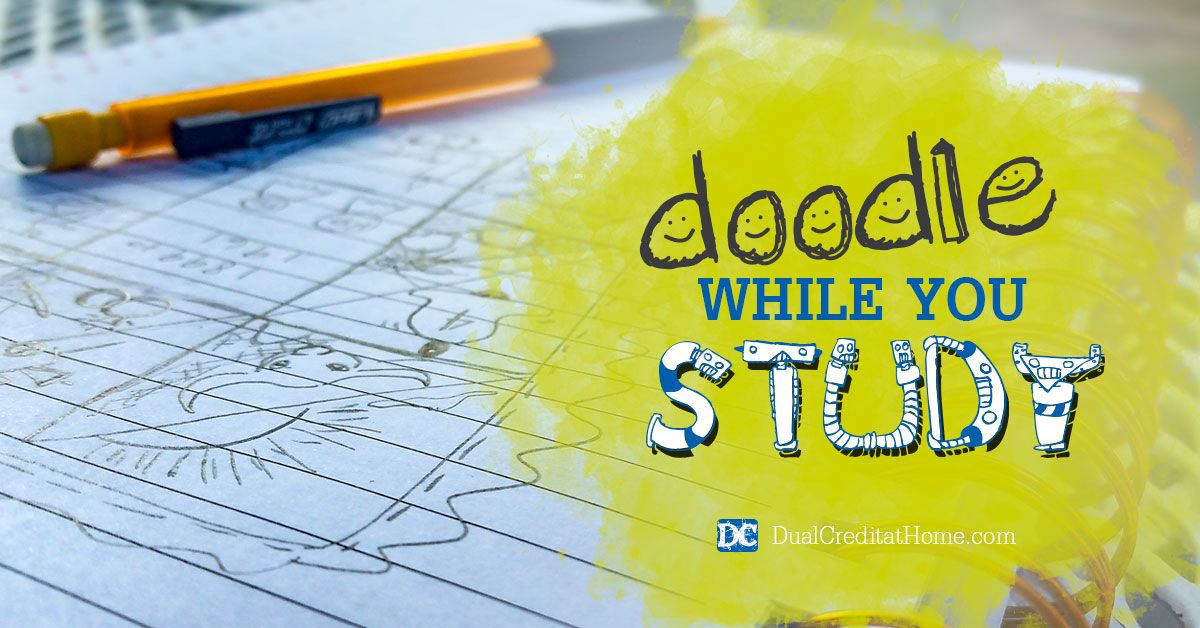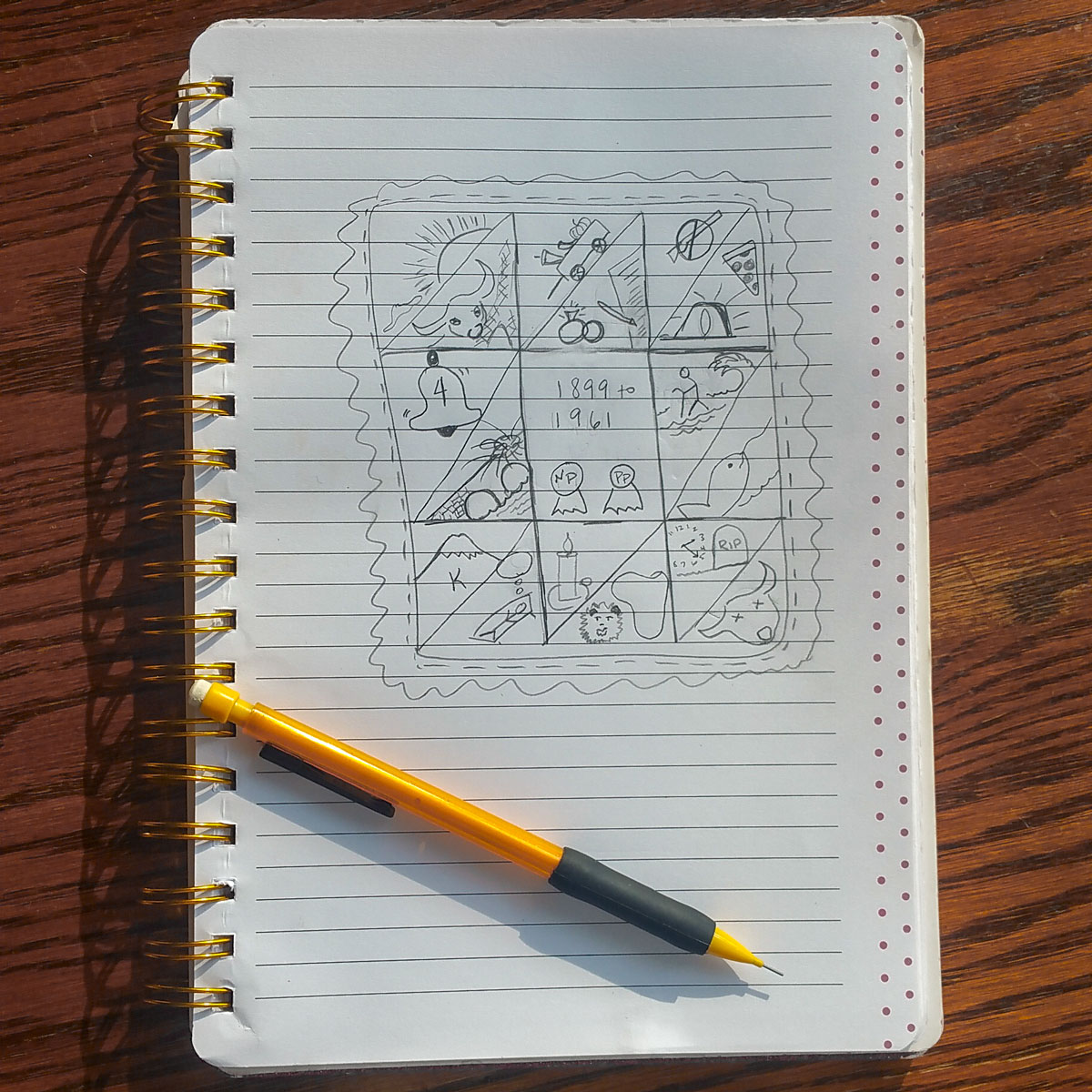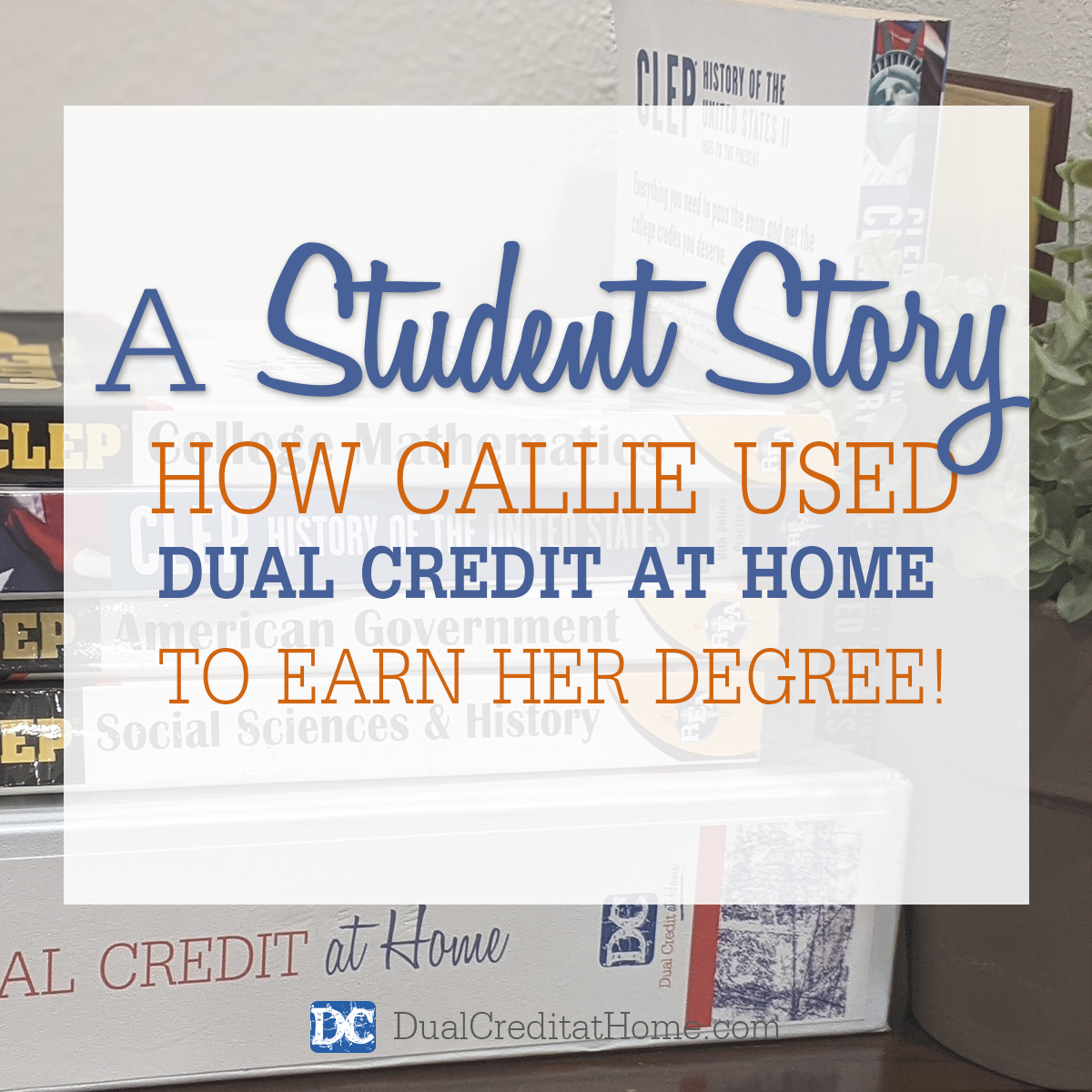If any of you homeschoolers out there are like me, you have a few textbooks and a few DOZEN notebooks filled with study notes on several pages, and doodles on all the rest. Yes, doodling was part of my homeschool growing up.
My mom realized at some point – probably a few months or a year into homeschooling us (I was 10) – that if we had a pencil in our hands and could doodle while she read to us we would sit still for much longer. Not only that, but we were still able to answer her questions at the end of the chapter.
For her, that was revolutionary, and a total mom-win! For us, we enjoyed listening and doodling too. Yes, I have to admit I’m not super proud of the mustaches and glasses I drew on some honorable historical characters in a couple textbooks, but overall I look back with a laugh to know that I did learn and had fun doing it.

At some point (perhaps with some hints from mom) I realized that I could doodle or draw pictures relating to the topics we were studying. For example, I was drawing grapes and grapevines while studying the process of pruning trees along with John 15 and Christ’s teaching about the True Vine. Of course, swirls, hearts, and crazy patterns also made it into the mix of ships on the sea, battle fields, and Bible stories.
I do probably need to clarify that these were not intense drawings with complex shading or source images. They were really just doodles on whatever paper was handy. I think Mom’s thought was “Doodle or don’t, but you’re going to sit here quietly!”
Fast forward to my college studies and yep, I was still doodling. In fact, doodling helped me pass some CLEP and DSST exams. I don’t remember when or exactly how doodles went from just doodles to intentional study helps, but they really, truly made studying easier for me.
Here’s how it worked:
I would read through the study text and write down important names, dates and events. Taking these notes really just helped me consciously read the material instead of skim it while thinking about 20 other things. Once I finished a topic or section, I would draw a picture that would illustrate the topic. I would try to incorporate all the material AND the date into the drawing. What this did was give me a PICTURE to study instead of just words.

One of the doodles I remember best was for Ernest Hemingway. Hemingway was an author I needed to know for the CLEP Analyzing and Interpreting Literature exam. I needed to know the titles of certain books that he wrote, something about them, and when he lived.
I drew a quilt with a HEM around it (to remind me of Hemingway) and put his books in each of the blocks. I split the blocks diagonally so I could draw the book name in the top part, and the book topic on the bottom part. In the center I initialed the prizes he received and his birth and death. (I drew this on lined paper because that’s probably the paper most of you are using.) See the picture below.

Drawing this took time, but not a ton of time. Plus, drawing it helped me think through each book and will help me remember what they are about. I can now study this drawing, rather than trying to memorize random book titles. During the exam I can pull up this picture in my mind and remember the different books by their drawings. Boom. Ernest Hemingway is done.
Not all my doodles looked like this one. Sometimes they were a funny doodle of a date with little stick figures around it to help me remember what happened on that date. Sometimes they were a single, simple doodle just to remember a fact. Obviously I’m not an exceptional artist, so don’t think you have to be one. The goal is simply to take the information from jumbled words and turn it into a picture that you can remember. So if some of you are like me, and are always doodling on your papers, maybe doodling will help you ace your next exam!

– Guest post by Melanie Bogner
Get Becky’s Weekly Newsletter on Homeschooling High School
We will never sell or share your email address.



